Palmer Luckey's Anduril Is Taking Over The US Army IVAS Program From Microsoft
Palmer Luckey's Anduril is taking over the US Army's IVAS HMD program, previously handled by Microsoft.
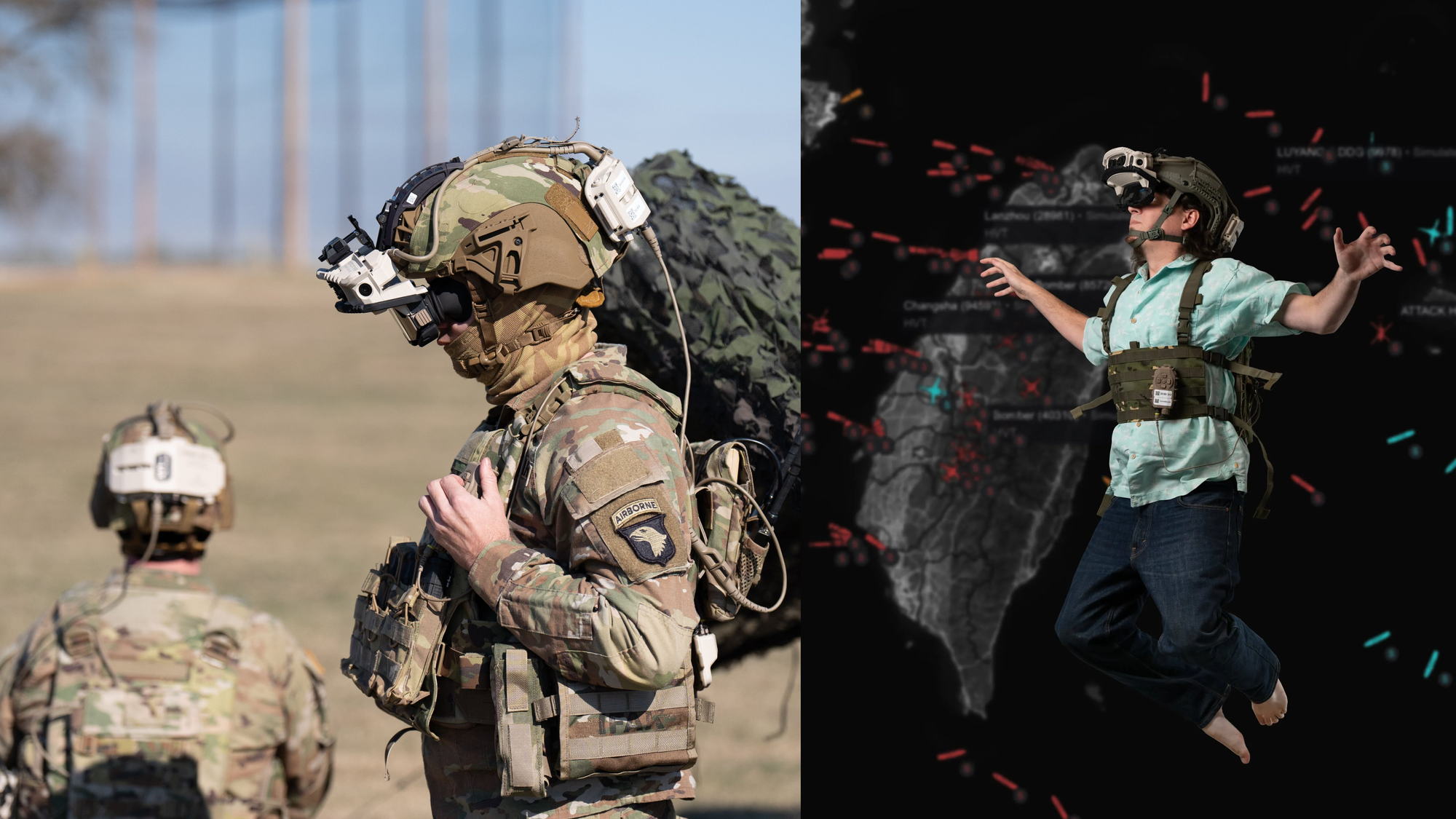

Palmer Luckey's Anduril is taking over the US Army's IVAS HMD program, previously handled by Microsoft.
The Integrated Visual Augmentation System (IVAS) program was first announced back in 2018, and in 2021 the contract was awarded to Microsoft, with a stated value of up to $21.88 billion over 10 years for more than 100,000 headsets. The eventual aim of IVAS is to equip every US Army soldier with an augmented reality helmet that can vastly expand their situational awareness and enhance their training.
Previously reported potential use cases for IVAS include:
- overlaying icons on friendly units, objectives, threats, and points of interest
- built-in night vision & thermal view modes
- live picture-in-picture feeds from drones, including the Soldier Borne Sensor (SBS) personal drone
- simulated weapons & enemies for training exercises
- scanning nearby people for signs of illness, such as a high temperature
- facial recognition for hostage rescue situations
Until now, the IVAS hardware was set to be provided by Microsoft, a highly customized version of HoloLens 2 with a wider field of view and enhanced sensors. But Microsoft's IVAS was plagued with issues. In 2022 the US Congress rejected further orders following "mission-affecting physical impairments” including headaches, eyestrain and nausea". Previous evaluations had found reliability issues, with “essential functions” sometimes failing. In 2023 Microsoft upgraded the system to improve “reliability, low light sensor performance, and form factor”, but it seems these improvements weren't enough.
Back in September, Microsoft and Palmer Luckey's Anduril announced that Anduril would provide some software for IVAS, its Lattice networked battlespace management system. But now, the companies have announced that Anduril will fully take over the hardware, system software, and production too, using its own headset specifically designed for the task.
Microsoft isn't completely out of the project, though. Anduril will leverage Microsoft's Azure cloud, to for example run advanced AI models too big to run on-device. Luckey's IVAS takeover announcement photo echoes his 2015 Time cover, 'The Surprising Joy Of Virtual Reality'.
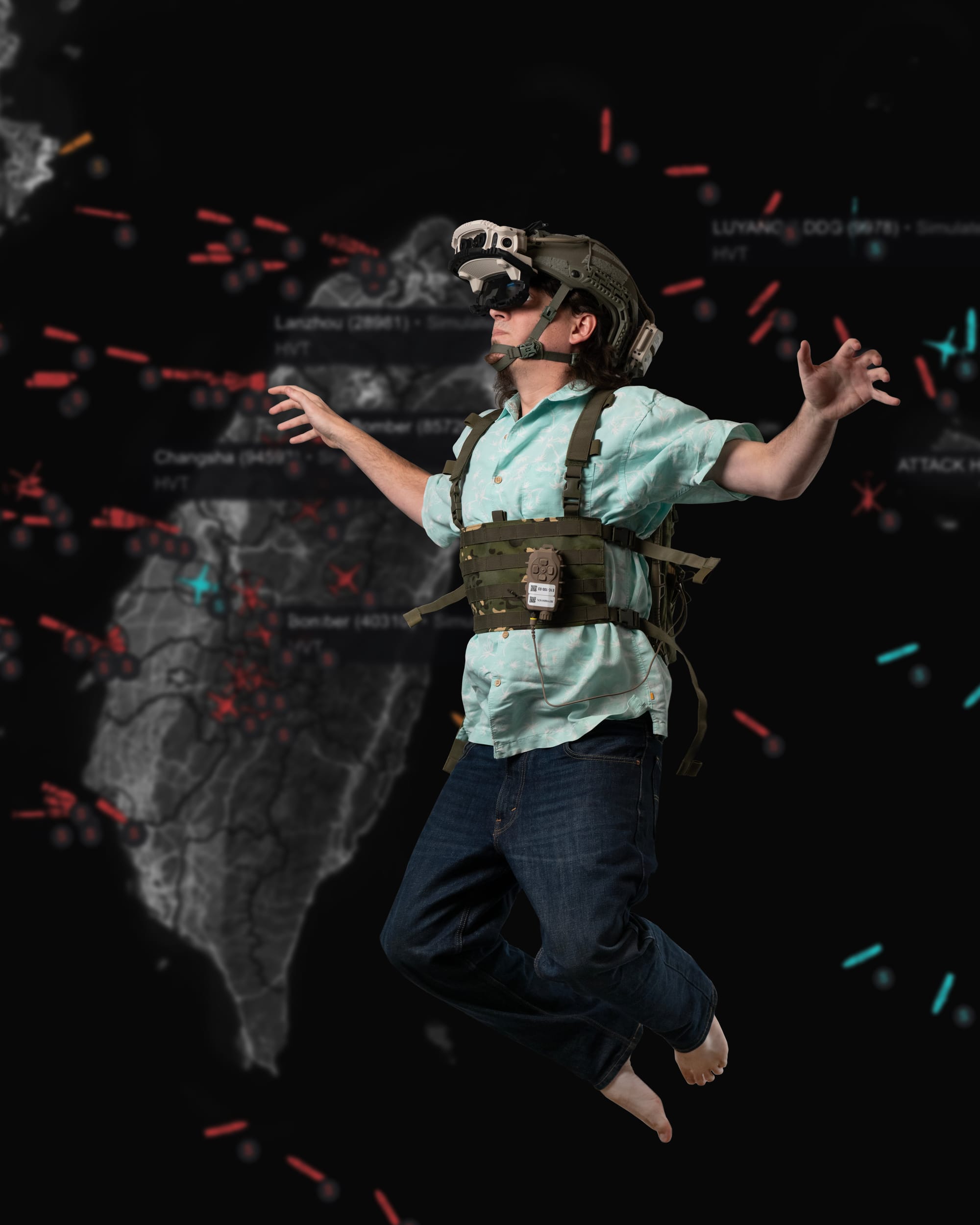
Luckey founded Anduril Industries after Facebook fired him from Oculus, the previous company he founded which became Meta's Reality Labs division.
Anduril was recently valued at $28 billion, and Lattice is its core product, a software system that takes in sensor data from a wide variety of platforms, including both Anduril and third party assets, and autonomously integrates it to build a unified view of the entire battlespace, while bringing attention to the most salient targets.
Last year Luckey teased that he was working on a new headset, and then confirmed it would be designed for military use.
Announcing the IVAS takeover, Luckey spoke to how important he considered the project, and its profound potential significance for the future of warfare:
"For me, this announcement is deeply personal. Since my pre-Oculus days as a teenager who had the opportunity to do a tiny bit of work on the Army’s BRAVEMIND project, I’ve believed there would be a headset on every soldier long before there is a headset on every civilian. Given that America loses more troops in training than combat, the Squad Immersive Virtual Trainer (SiVT) side of IVAS alone has the potential to save more lives than practically anything else we can imagine building.
Tactical heads-up-displays that turn warfighters into technomancers and pair us with weaponized robotics were one of the products in the original Anduril pitch deck for a reason. The past eight years we have spent building Lattice have put Anduril in a position to make this type of thing actually useful in the way military strategists and technologists have long dreamed of, ever since Robert Heinlein’s 1959 novel Starship Troopers. Not just day and night and thermal and ultraviolet, but peering into an idealized interactive real-time composite of past, present, and future that will quickly surpass traditional senses like vision and touch. Put another way, Superman doesn’t use menus – he just sees and does. If Anduril had been more than a dozen people when IVAS was first getting spun up all those years ago (at least the Tragic Heap guys didn’t win, our country really dodged a bullet there), I do believe our crazy pitch could have won this from the start – as things stand, though, there is no time like the present.
The IVAS program – one of the most important programs to the Army – represents just the beginnings of a new path in human augmentation, one that will allow America’s warfighters to surpass the limitations of human form and cognition, seamlessly teaming enhanced humans with large packs of robotic and biologic teammates."
While there are currently no publicly announced details of Anduril's IVAS hardware, Luckey signed off the announcement by telling the world to multiply "by ten and then do it again" their expectations, describing himself as "the best head-mounted-display designer in the world".
"I am, after all, the best head-mounted-display designer in the world.
This move has been so many years in the making, over a decade of hacking and scheming and dreaming and building with exactly this specific outcome clearly visualized in my mind’s eye. I can hardly believe I managed to pull it off. Everything I’ve done in my career — building Oculus out of a camper trailer, shipping VR to millions of consumers, getting run out of Silicon Valley by backstabbing snakes, betting that Anduril could tear people out of the bigtech megacorp matrix and put them to work on our nation’s most important problems — has led to this moment. IVAS isn’t just another product, it is a once-in-a-generation opportunity to redefine how technology supports those who serve. We have a shot to prove that this long-standing dream is no windmill, that this can expand far beyond one company or one headset and act as a a nexus for the best of the best to set a new standard for how a large collection of companies can work together to solve our nation’s most important problems.
Whatever you are imagining, however crazy you imagine I am, multiply it by ten and then do it again. I am back, and I am only getting started."





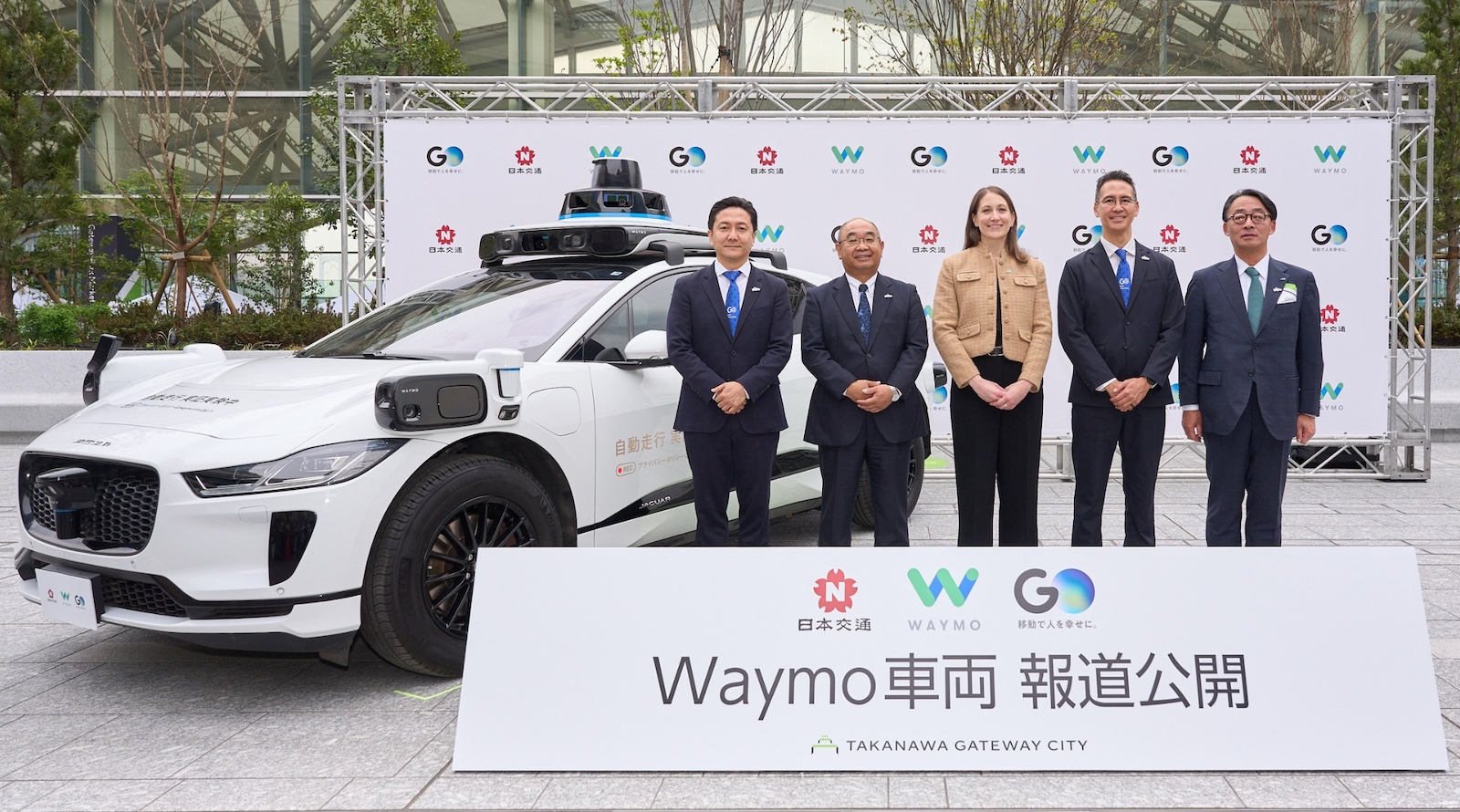







































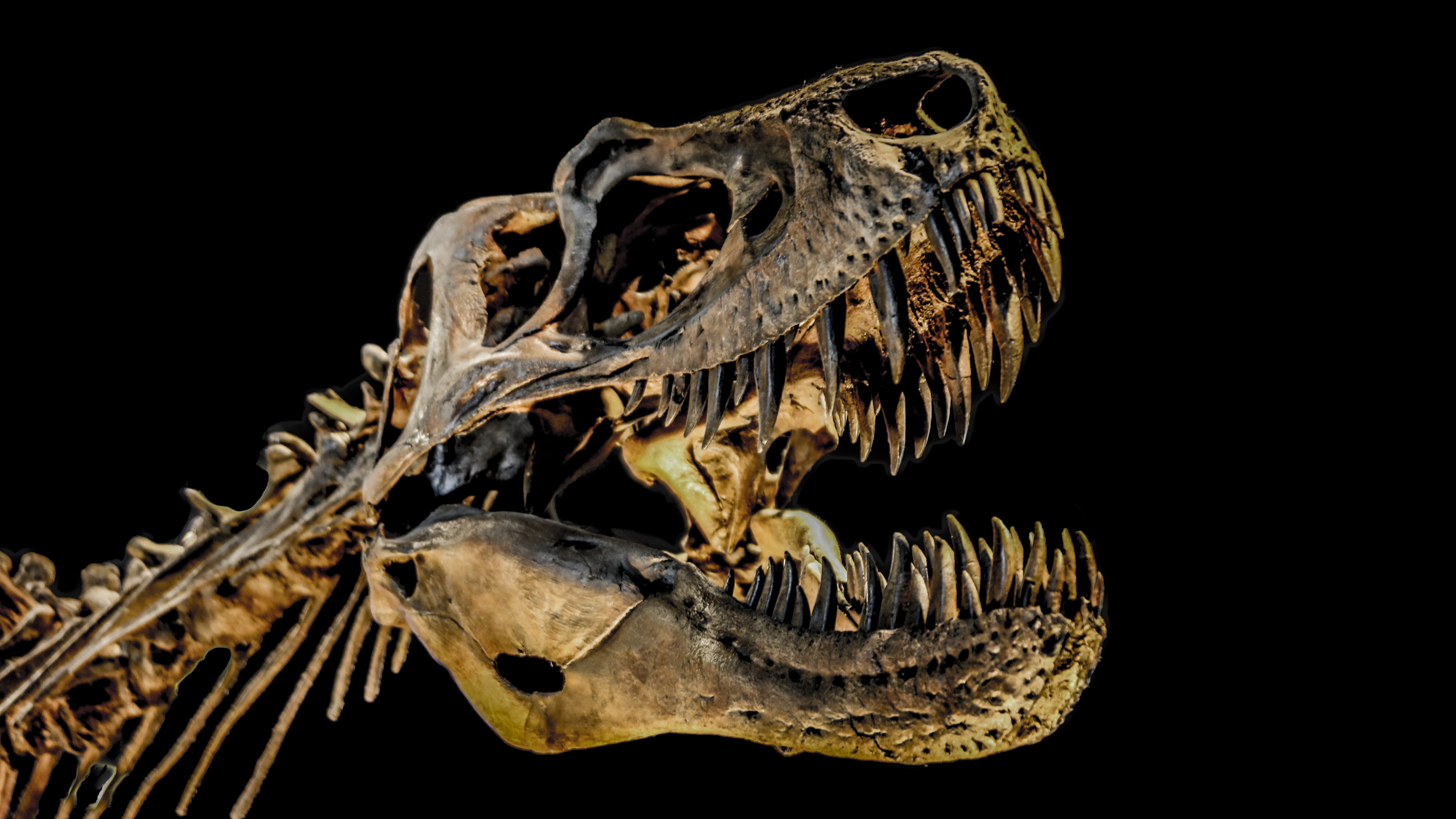

















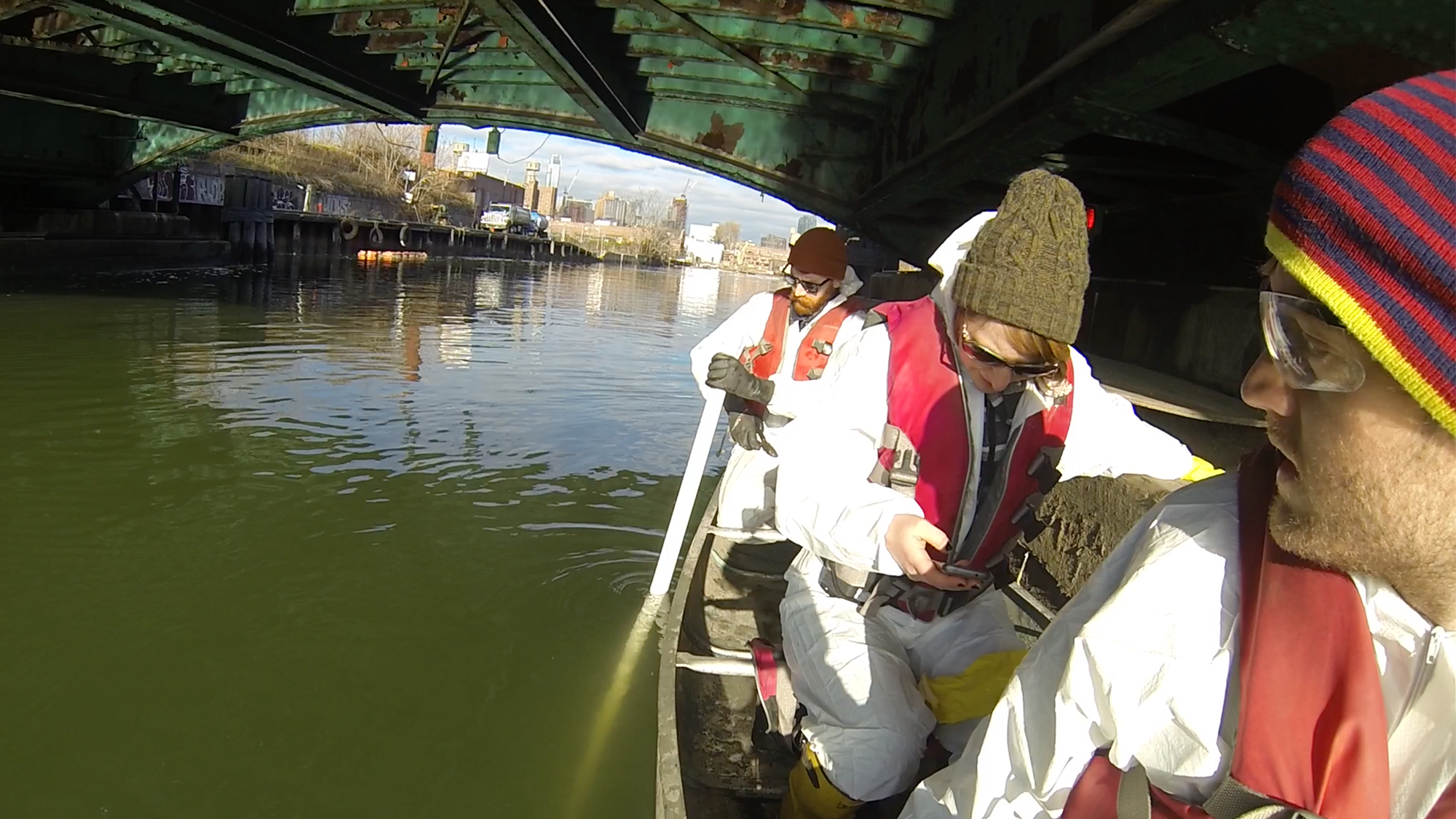









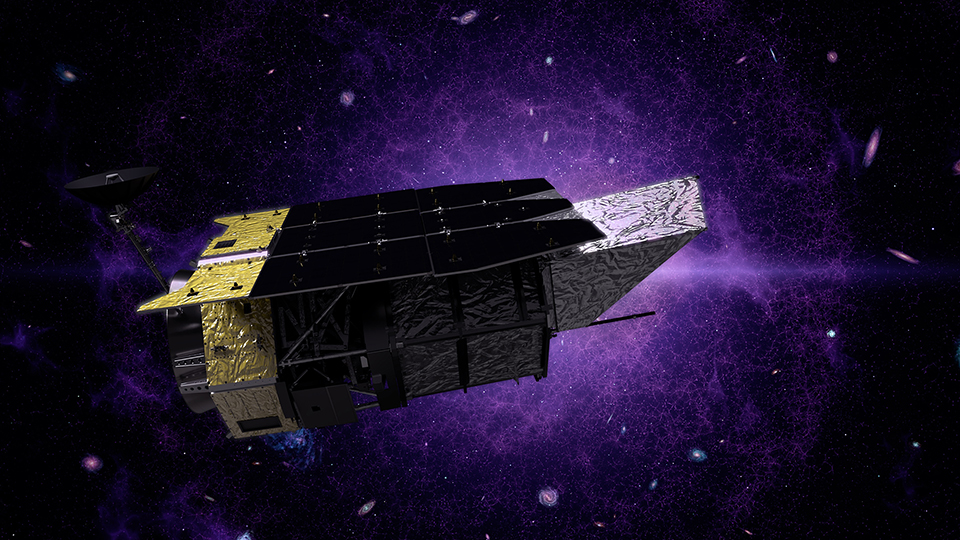











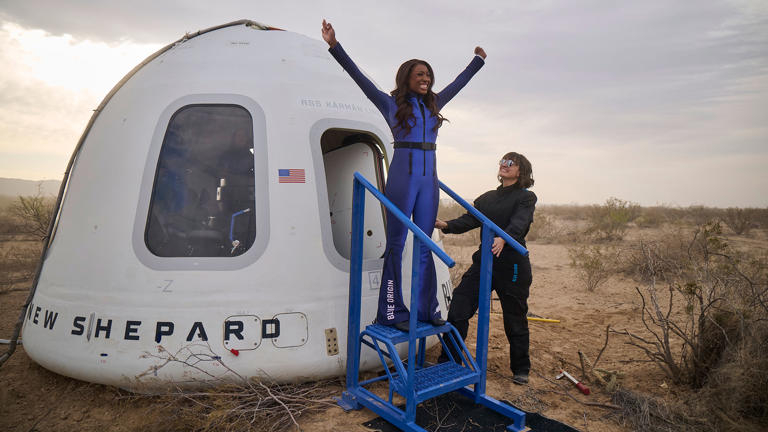

























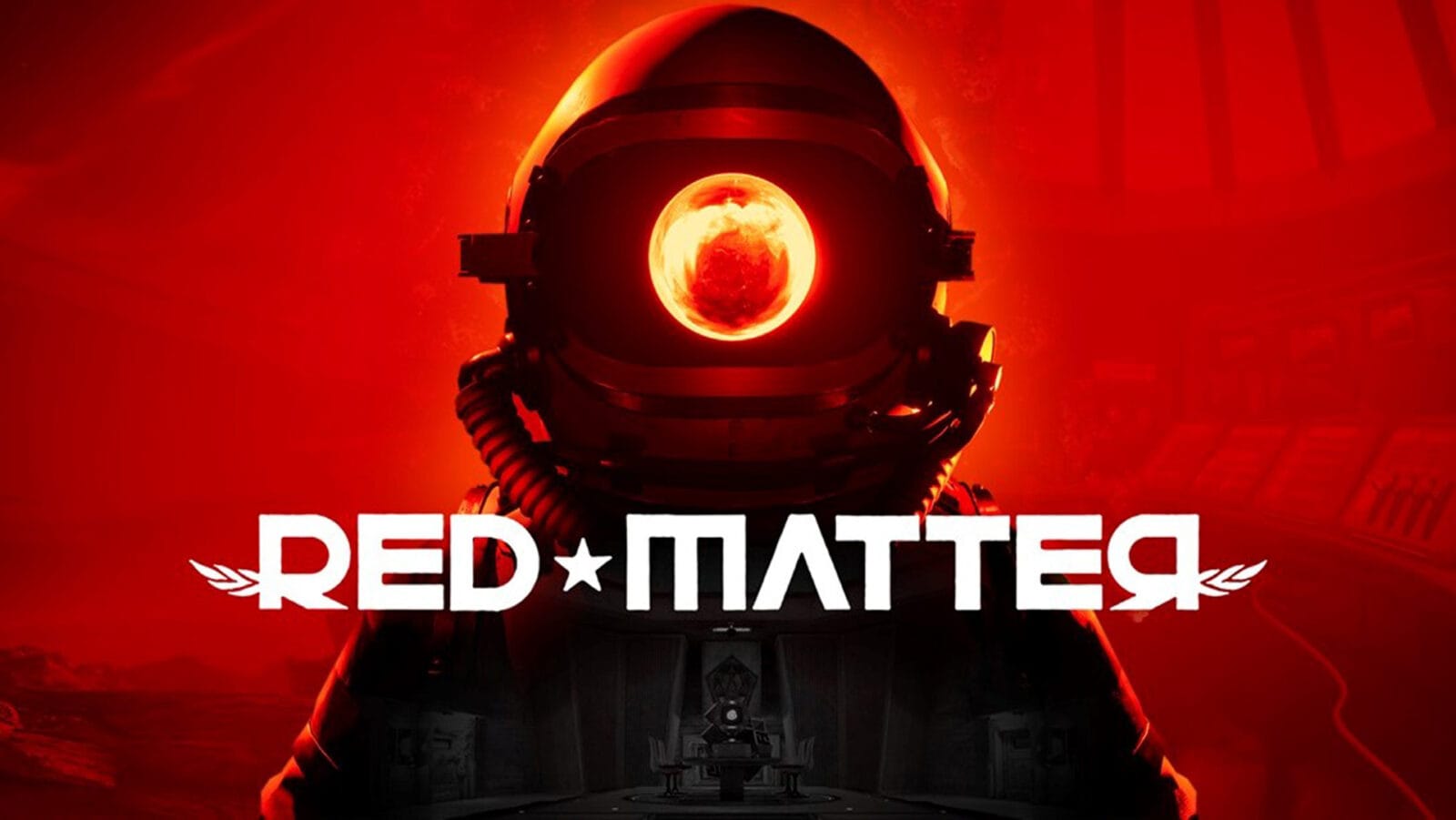







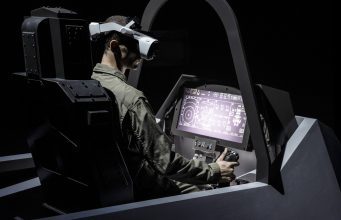
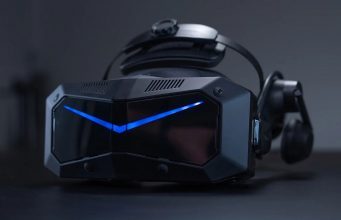

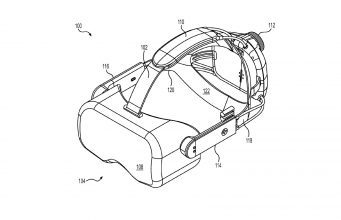



![The breaking news round-up: Decagear launches today, Pimax announces new headsets, and more! [APRIL FOOL’S]](https://i0.wp.com/skarredghost.com/wp-content/uploads/2025/03/lawk_glasses_handson.jpg?fit=1366%2C1025&ssl=1)















